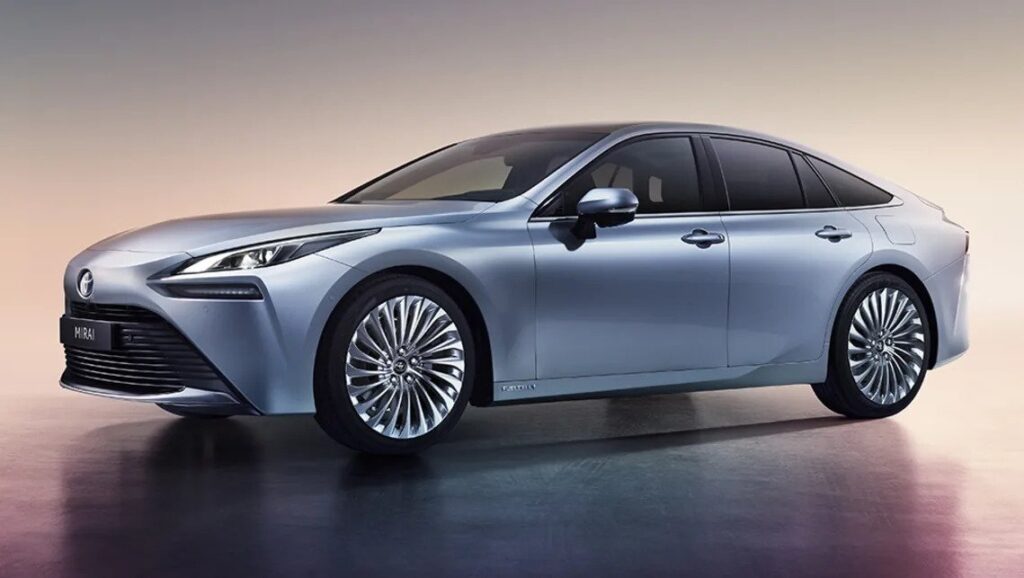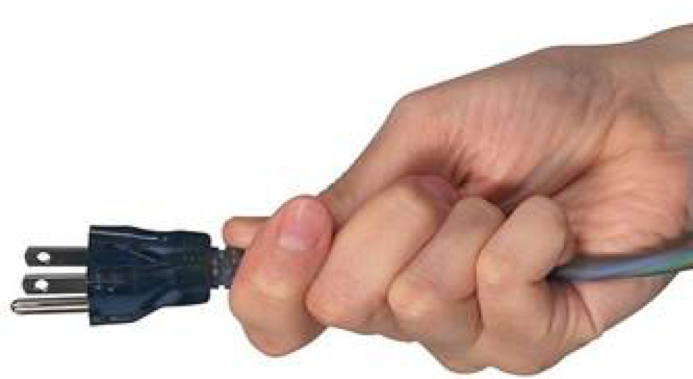
Being a long-time believer that Hydrogen-powered vehicles are a far better environmental alternative to electric vehicles, I was pleased to hear that the South Australian premier Peter Malinauskas recently committed $593 million to build what could be the world’s largest green hydrogen plant in Whyalla, to be hopefully operational by 2025. He also announced that his government will prioritise Hydrogen energy projects ahead of traditional electricity-based projects.
I was also heartened in June when oil company BP announced that it had acquired a 40.5% equity stake in and to become an operator of the Asian Renewable Energy Hub in the Western Australia Pilbara region, which has the potential to be one of the largest renewable and green hydrogen hubs in the world.
BP and one of the world’s largest Renewables and Green Hydrogen energy hubs in WA
The reason for my joviality was that for many years I’ve had the old infrastructure argument thrown back at me arguing that we’re not geared up for hydrogen, remember the same one that was always being used when debating the electric car viability, so by BP making their investment, it showed to me that maybe there is hope with an international oil giant on side.
Also, it’s great to see that Toyota is still pushing ahead at full speed with their Mirai hydrogen fuel-cell electric vehicle (FCEV) which promises to deliver a true zero-emission vehicle.
Early Adopters Drive a Hydrogen Future with the Toyota Mirai
The reason for being facetious about the whole electric car directives being thrown around is that I reckon we’ve been hood winked into believing that electric vehicles will be the saving grace for the world’s environmental issues. Firstly, I don’t deny that the concept of electric vehicles is great, amazing performance and yes, the vehicles as such have zero emission, however unfortunately the way of producing the electricity is totally flawed in the environmental argument.
I mentioned earlier about the infrastructure concerns around Hydrogen-powered fuel cells which initially may be an issue affecting its uptake but ignoring the question of how the electricity is created to charge the influx of electric vehicles, have any of the politicians and decision makers really investigated if the current electricity infrastructure is able to effectively charge all the new EV’s going to market.
You may be interested to read the following message that I came across online recently which is purportedly penned by an electrician. Now I must preface this by saying I can’t vouch for the credibility of the information contained, I don’t know if it’s factually correct, however it does give food for thought to an open mind …….

It Really Aint Gonna Work!! Well, Not Yet Any Way. Some Words from An Electrical Contractor In Melbourne:
I recently did some work for the body corporate at the Dock 5 Apartment Building in Docklands in Melbourne to see if we could install a small number of electric charging points for owners to charge their electric vehicles.
We had our first three applications and we discovered:
1. The building has no non- allocated parking spaces ie public ones. This is typical of most apartment buildings so we cannot provide shared outlets.
2. The power supply in the building was designed for the loads in the building with virtually no spare capacity. Only 5 or 6 chargers could be installed in total in a building with 188 apartments!!
3. How do you allocate them as they would add value to any apartment owning one. The shit-fight started on day one with about 20 applications received 1st day and with many more following.
4. The car park sub-boards cannot carry the extra loads of even one charger and would have to be upgraded on any floors with a charger as would the supply mains to each sub board.
5. The main switch board would then have to be upgraded to add the heavier circuit breakers for the sub mains upgrade and furthermore:
6. When Docklands was designed a limit was put on the number of apartments in each precinct and the mains and transformers in the streets designed accordingly. This means there is no capacity in the Docklands street grid for any significant quantity of car chargers in any building in the area.
7. It gets better. The whole CBD (Hoddle Grid, Docklands) and Southbank is fed by two sub stations. One in Port Melbourne and one in West Melbourne. This was done to have two alternate feeds in case one failed or was down for maintenance. Because of the growth in the city /Docklands and Southbank now neither one is capable of supplying the full requirement of the Melbourne zone at peak usage in mid-summer if the other is out of action. The Port Melbourne 66,000-volt feeder runs on 50- or 60-year-old wooden power poles above ground along Dorcas Street South Melbourne. One is pole is located 40 cm from the corner Kerb at the incredibly busy Ferrars /St Dorcas St Intersection and is very vulnerable to being wiped out by a wayward vehicle.
The infrastructure expenditure required would dwarf the NBN cost & that’s not including the new power stations required!
These advocates of electric vehicles by 2040 are completely bonkers! It takes 5-8 years to design and build a large coal fired power station like Loy Yang and even longer for a Nuclear one (That’s after you get the political will, permits and legislative changes needed). Wind and solar just can’t produce enough. Tidal power might but that’s further away than nuclear.
It’s just a greenies dream in the foreseeable future other than in small wealthy countries. It will no doubt ultimately come but not in the next 20 years…
The grid simply cannot support it in most places in Australia!
